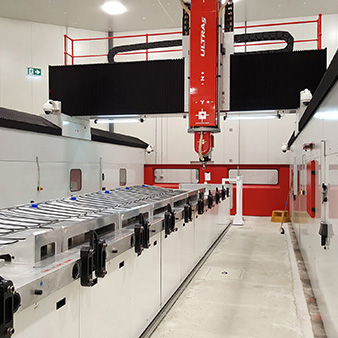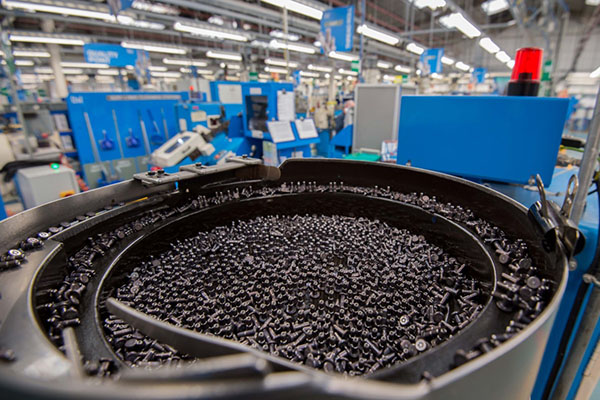
Starrag UK is offering potential customers of gantry mills a new range of machines by complementing its Starrag Group Droop+Rein brand with the machine portfolio built in Australia by H&H Machine Tools. The collaborative agreement provides UK customers with access to a range of five- and six-axis machines offering capacities to meet every need and price tags to suit all budgets, says Starrag. Importantly, too, the scope of optional extras available across both ranges makes available a wide choice of machining technologies for single set-up, multi-task machining of all material types.
H&H Machine Tools’ managing director Thomas Hegmann says that “H&H five-axis gantry machines can utilise a choice of spindles, milling heads and work envelopes to suit individual requirements”.
Starrag UK’s director for sales and applications, Lee Scott, adds: “Previously, we only focused on very complex applications – usually requiring automated head changing – but now we can discuss any gantry application. In addition, Starrag UK is well-versed in H&H build techniques and technologies, so machine installation, commissioning, service and maintenance are all catered for professionally.”
The agreement between Starrag and H&H follows the success of the companies working closely to deliver – and subsequently commission and maintain – the largest ever machine to enter operation in Australia: a Droop+Rein gantry mill with X, Y and Z-axis traverses of 14,000 x 13,000 x 3500 mm, and an 11 m rotary table.
Now, with H&H gantry mills being available in the UK for the first time, potential customers have access to four main five-axis machine ranges from the Australian manufacturer.
For further information
www.starrag.com























